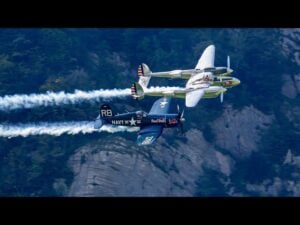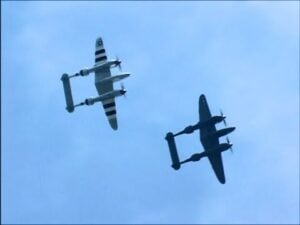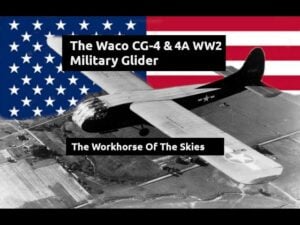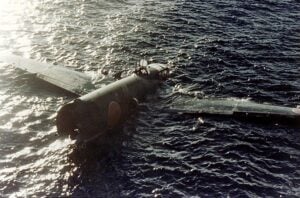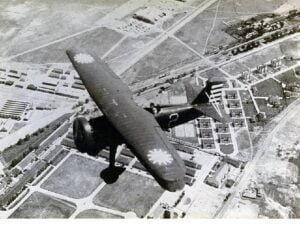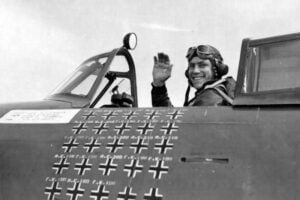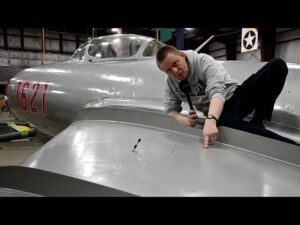5 of the Most Lethal WWII Fighter Planes Engineered Specifically for Destruction
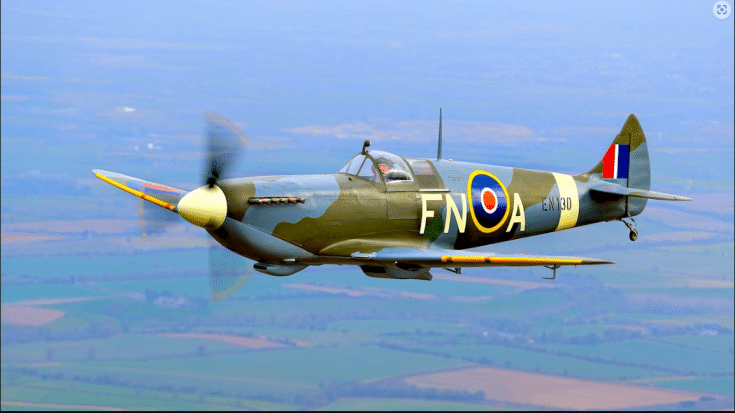
truly / YouTube
World War II changed the role of aircraft forever. For the first time, air power became a major factor in both offense and defense, influencing battles and strategies across every front. Fighters and bombers were no longer just support tools—they became key players in shaping the outcome of the war.
This list explores five of the most destructive aircraft designed specifically for combat during the war. Each one was built with a clear goal: control the skies and destroy the enemy’s ability to fight back.
B-17 Flying Fortress – United States

The Boeing B-17 Flying Fortress was a heavy bomber built by the United States. First taking flight in 1935, it was introduced into service by 1938. Its large structure included four Wright R-1820 Cyclone engines and a wingspan of 103 feet. It could carry up to 17,600 pounds of bombs and travel 2,000 miles, flying at speeds nearing 290 miles per hour.
It earned the nickname “Flying Fortress” because of its many defensive guns. Crews could man as many as thirteen .50 caliber machine guns mounted in various positions such as the nose, tail, and sides. The B-17 was mainly used for daytime precision bombing over occupied Europe. Often flying in tight groups, these bombers targeted enemy factories, airfields, and rail systems.
Despite facing heavy resistance, the B-17 was known for getting crews home even after serious damage. Some returned with holes in the fuselage or missing parts of the tail. Nearly 13,000 were built, but with more than 47,000 aircrew casualties, flying it was extremely dangerous.
A6M Zero – Japan
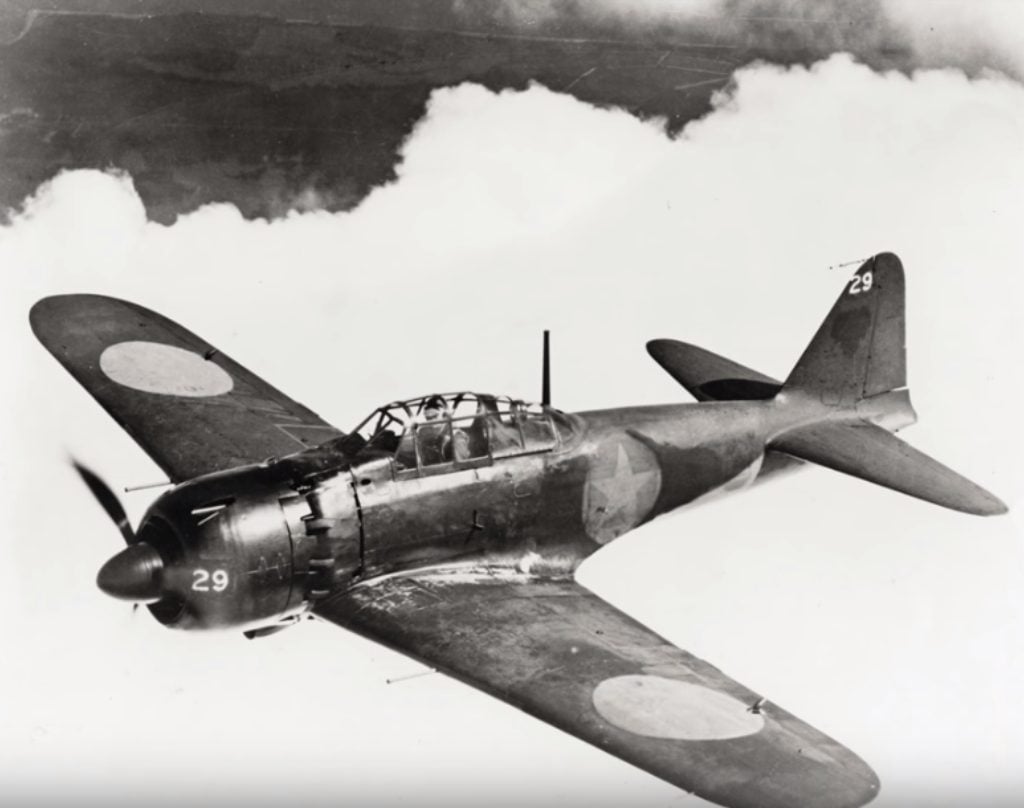
The Mitsubishi A6M Zero was Japan’s primary fighter during the early part of the Pacific War. Introduced in 1940, it was fast, light, and extremely agile. The Zero had a wingspan of 39 feet and used a single Nakajima Sakae engine, giving it a top speed of over 330 miles per hour. Its lightweight frame and large fuel capacity allowed it to fly more than 1,600 miles—ideal for covering long distances over the Pacific.
The Zero’s strength was its ability to turn sharply in dogfights. Allied fighters such as the P-40 Warhawk often couldn’t keep up. In early battles like the attack on Pearl Harbor and campaigns in the Philippines, the Zero outmatched most aircraft it encountered. It carried two 20 mm cannons and two 7.7 mm machine guns, making it deadly at close range.
However, as the war went on, its flaws became clear. The aircraft lacked protective armor and did not have self-sealing fuel tanks, which made it easy to bring down once Allied pilots learned its weaknesses. Over 10,000 Zeros were built, but Japan had difficulty replacing lost pilots, especially after the Battle of Midway.
BF 109 – Germany
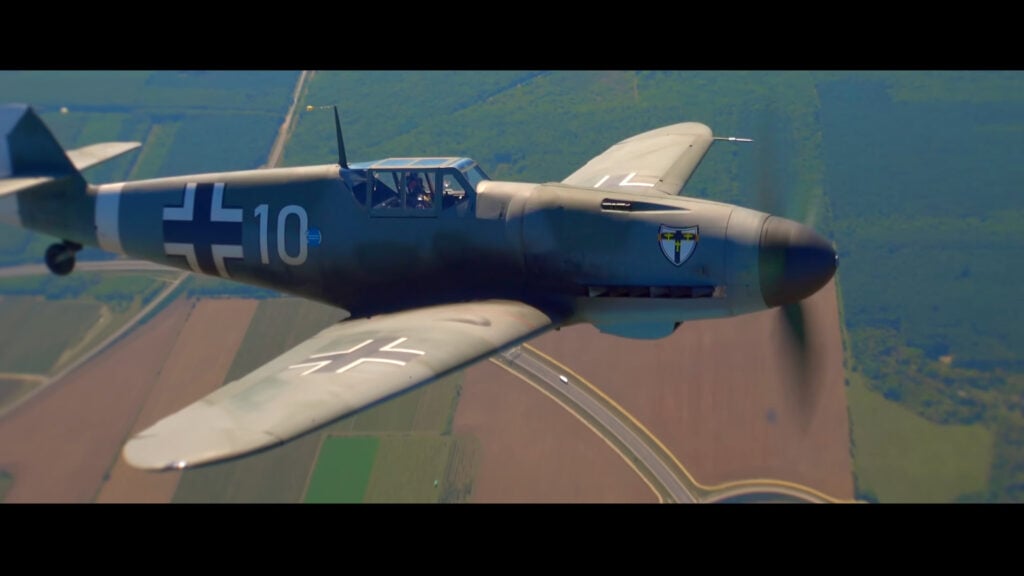
The Messerschmitt Bf 109 was the most widely used German fighter. Designed in the 1930s, it was small but powerful. Its early models used the Daimler-Benz DB 601 engine, and later versions upgraded to the DB 605, pushing speeds past 370 miles per hour. With a wingspan of 32 feet, the Bf 109 was used across every major front.
Its weapons included two 20 mm cannons and two 7.92 mm machine guns, which varied by version. The Bf 109 fought in battles like the Battle of Britain, where it was matched against British Spitfires. Though it was fast and climbed well, it had a short range—only about 400 miles—limiting how far it could fly with bombers.
On the Eastern Front, German pilots used it to great effect against Soviet planes. One of the most famous, Erich Hartmann, claimed over 350 victories while flying the Bf 109. Around 34,000 units were built, and while later aircraft outperformed it, the Bf 109 remained a key part of Germany’s air force throughout the war.
P-51 Mustang – United States
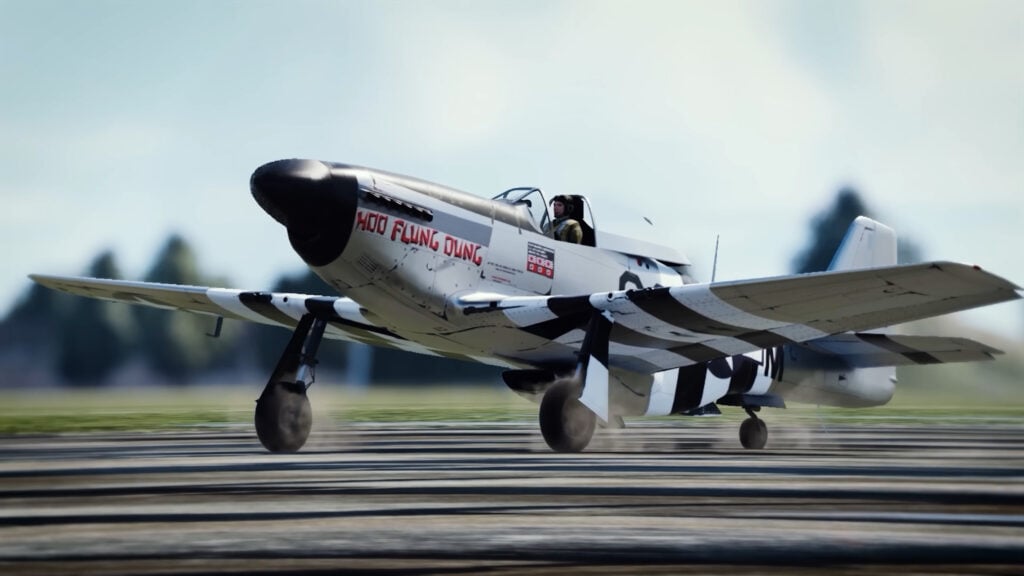
The North American P-51 Mustang helped shift control of the skies in favor of the Allies. First flown in 1940, it became one of the most respected fighters in history. The P-51D version used a Rolls-Royce Merlin engine and could reach speeds over 430 miles per hour. Its range stretched over 1,600 miles with external fuel tanks.
This made it perfect for escorting bombers like the B-17 deep into enemy airspace. Before the P-51, bombers suffered heavy losses without fighter cover. With Mustangs, missions could reach targets as far as Berlin. The aircraft was armed with six .50 caliber machine guns and was used in both dogfights and ground attacks.
Over 15,000 were built, and many American aces flew it, including George Preddy. The Mustang also supported operations in the Pacific, offering long-range attack and recon support. Its balance of speed, range, and firepower made it one of the war’s most effective planes.
Supermarine Spitfire – United Kingdom

The British Supermarine Spitfire was the top Allied fighter in Europe. Its first flight was in 1936, and it entered combat by 1938. The plane’s distinctive elliptical wings gave it excellent handling, and the Rolls-Royce Merlin engine helped it climb and turn quickly. Later versions used the more powerful Griffon engine and could reach speeds over 400 miles per hour.
The Spitfire played a key role during the Battle of Britain in 1940. Alongside the Hawker Hurricane, it helped stop German air forces from gaining control of the skies. It was fast, maneuverable, and ideal for defending against bombers and fighters. It was typically armed with two 20 mm cannons and four 7.7 mm machine guns.
More than 20,000 Spitfires were built in many different variants. It served in Europe, Africa, and even the Pacific. It was used in photo missions and ground attacks, but it remained best known for air combat. Pilots like Johnny Johnson, who scored 34 confirmed victories, helped make the aircraft a symbol of British defense.













